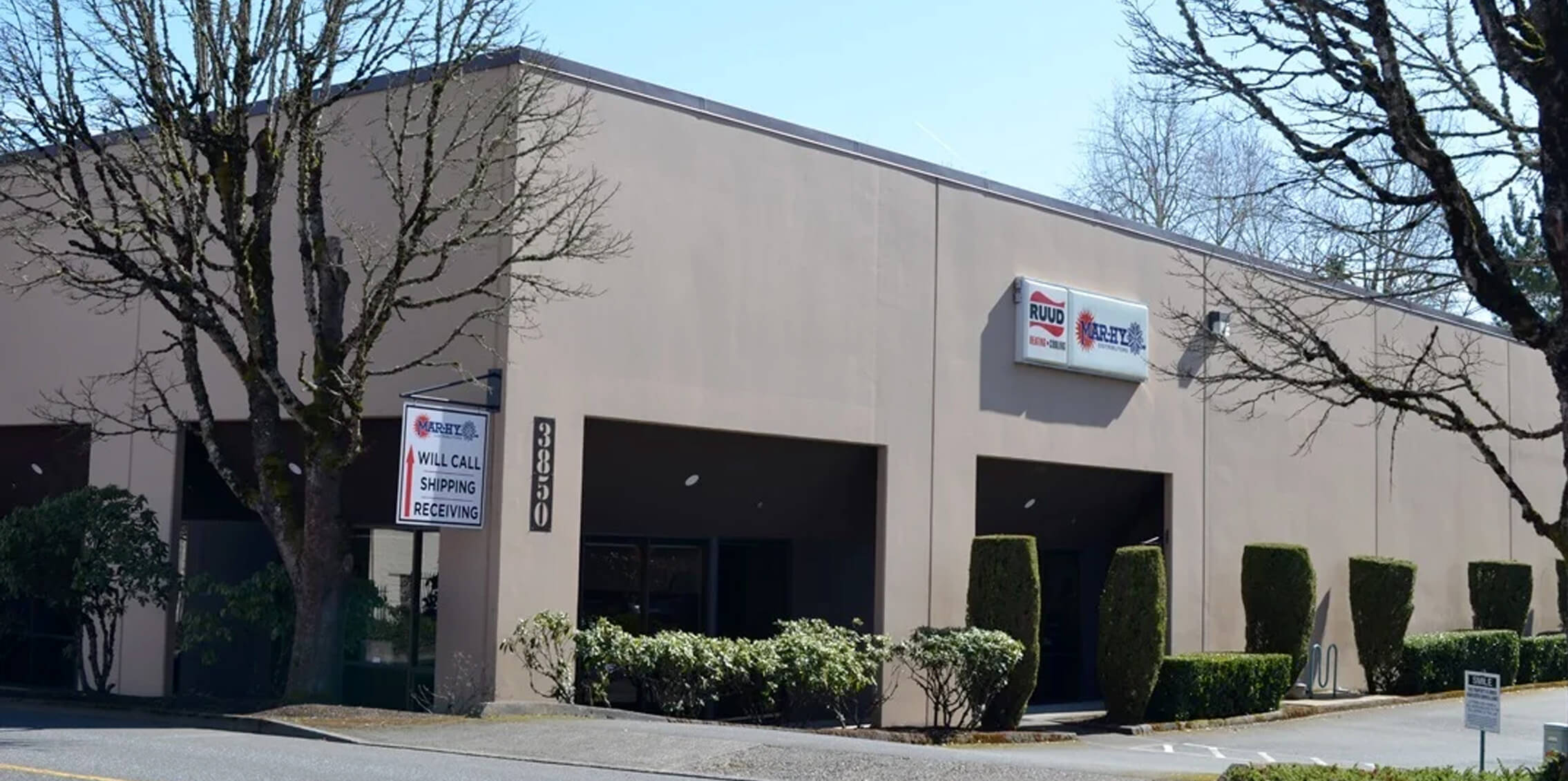
What’s the Difference Between Market Segmentation and Customer Segmentation?
Understanding the distinct yet complementary roles of market segmentation and customer segmentation is crucial for distributors aiming to optimize their strategies and drive revenue growth. A CRM for distributors with built-in business intelligence can make this process much easier.
Here’s a closer look at why it matters and how to simplify customer segmentation and market segmentation:
The Benefits of Market Segmentation in Distribution
Market segmentation takes a broad, high-level overview of all targets across an entire market, or all potential and existing customers. The process involves dividing this large population into subgroups based on shared factors. These subgroups are often defined by:
- Industry
- Company size, including number of locations and consumption levels
- Demographics, including age, gender, ethnicity, education and income
- Geography, including country, region, culture, city, and ZIP code
- Psychographic factors, including motivations, values and lifestyle
- Broad behavioral tendencies, including preferred channels for buying and browsing (like the tendency to rely on industry-specific publications or websites)
- Product categories they are most likely to purchase
Market segmentation is vital when distributors are entering new markets or regions, launching new product lines or services, and aiming to refine their marketing campaigns. It’s also crucial for identifying upselling and cross-selling opportunities and optimizing pricing strategies.
Segmentation helps distributors tailor their strategies to fit the unique demands of a given market in different regions, ensuring a more focused and effective market entry. By understanding distinct market segments, distributors can better position new products and services to meet specific customer needs.
They can also run more targeted campaigns based on market segments, leading to higher engagement and conversion rates.
Detailed segmentation analysis reveals potential areas for upselling and cross-selling, maximizing revenue from existing customers.
Understanding the performance across different segments also allows for pricing adjustments that can improve profitability and customer satisfaction.
For instance, you might notice a higher likelihood of closing deals within a specific target market, like a certain industry or with companies of a certain size. With deeper data analytics, you can also determine which types of organizations lead to the most profitable relationships, based on the types of products they are most likely to purchase and the profit margins for those products.
These represent your ideal target markets.
Who Is Responsible for Market Segmentation?
In larger distribution companies, sales and business intelligence analysts are typically responsible for market segmentation. Marketing and sales managers also play key roles. For companies without advanced BI tools, this process might involve compiling data from various sources using spreadsheets, conducting surveys, and manually analyzing sales data.
The Role of Customer Segmentation in Distribution
While market segmentation focuses on broader populations, customer segmentation focuses on dividing the customer base into distinct groups of accounts of individuals. Before diving into understanding these individuals, gathering and organizing customer data is critical for this process.
You might categorize these accounts or individuals into various customer segments based on factors such as:
- Specific products they are most likely to purchase
- Their buying cycle, or how often they make purchases
- Buying power and needs
- Profitability
- Cost to serve, including individual payment history
A good customer segmentation strategy has many benefits, including better customer retention, increased customer lifetime value, and a dynamic pricing strategy that leads to higher margins.
Regular customer segmentation analysis is essential to ensure your customer segments remain relevant. Some companies use customer surveys. Others extract data from existing systems, such as an ERP or eCommerce platform, to gain deeper insight.
With better customer segmentation, you can recommend the most relevant products to a specific customer when they’re most likely to buy them. You can even recommend related products to increase upsell opportunities.
Unfortunately, gathering consumer data on isn’t always easy for distributors.
If your sales team uses a CRM, they likely have basic contact information and a record of their communications with each customer, but they won’t necessarily know details such as which products they purchased in the past year, when they placed orders, and how often they were late to pay their invoices.
Those details typically live in your ERP, requiring someone from your customer support or IT team to export data and compile it into a report that’s easy for your sales team to understand.
Today’s customers also purchase through multiple channels, including through sales reps and your website, so it’s difficult to see and target a holistic view of each customer with data in multiple places.
BI Tools for Market Analysis and Customer Segmentation
White Cup CRM includes built-in business intelligence, transforming raw data from your ERP into actionable dashboards and customer scorecards.
With hundreds of pre-built dashboards specifically for distributors, fit to your needs, your entire organization can easily identify trends and different segments without spending hours manually creating reports.
For instance, you can see:
- Top customers and accounts
- Top products and product groups
- Revenue and profit percentages
- Whether sales are trending up or down
- How sales performance compares to your goals
- Inventory and purchasing metrics
- Supplier performance
These insights help your team stay focused on your most important accounts and identify new opportunities to upsell or cross-sell, based on the performance of your products.
You can also drill down to see more specific information for each customer with scorecards that show:
- Total sales for each account and contact
- Products purchased
- Profit percentage
- Customer fulfillment metrics
- Open quotes
- Outstanding invoices
AI features also recommend top related products for each customer, based on their order history, and help your team identify the best time to reach out based on their buying cycle.
You can act on these insights within the CRM using notifications and automated workflows, such as:
Bringing Clarity to More Customer Segmentation Opportunities
Mar-Hy Distributors, a provider of HVAC equipment for contractors, needed a better way to see which products its customers were purchasing so it could align inventory with their needs.
They also wanted greater visibility into their top customers and sales by product group.
The company’s process for customer segmentation was a largely manual process, involving exporting data from its ERP, Epicor P21, and spending hours manipulating it to create a single report.
Mar-Hy VP of Operations Eric Schmidt knew there had to be a better way to get the reports he needed. With White Cup BI, which integrates natively with P21, he can quickly look at his executive dashboards to see a clear picture of business performance, top customers and top products.
“It’s been easier to immediately notice a trend a month or two ahead of time because White Cup is looking at many more data points and displaying it in a way that shows trends,” he said. “There is nothing in P21 that gives you that really quick snapshot outside of the monthly sales report.”
The Mar-Hy team also has greater visibility into the history of each customer so they can personalize their approach and measure the return on sales and marketing efforts.
Segmentation Made Easy With White Cup
Market and customer segmentation are essential for distributors aiming to stay competitive and maximize revenue. With White Cup CRM + BI, distributors can gain deeper insights, make informed decisions, and execute more effective strategies. By embracing these advanced solutions, distributors not only enhance their current operations but also future-proof their business in a rapidly evolving market landscape.




